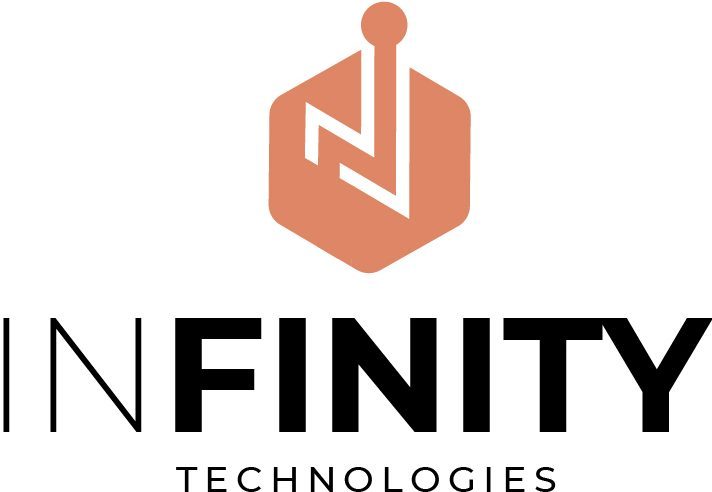It can be difficult for those unfamiliar with the purchasing process to differentiate between invoices and purchase orders. Even experienced purchasing teams can misuse these terms.
You may overlook important financial documents if you do not familiarize yourself enough with purchase terms. This could negatively impact your company’s costs.
Understanding the difference between invoices and purchase orders is, therefore, essential. This guide provides a comprehensive explanation of both procurement terms. It will explain what each word entails and how they differ.
Purchase Order vs. Invoice
A purchase order and a bill contain many of the same details, but they serve two different purposes.
A purchase order is issued by the buyer at the start of any business transaction. The document contains the client’s requirements for the product or service, along with the quantity and price. After that, the order is sent to a supplier for their approval. After it is approved, the purchase order becomes a legally binding contract.
The seller will issue an invoice when the terms of the order are met. The invoice will contain the agreed-upon amount that the buyer is now required to pay after the order has been fulfilled. The invoice can specify the payment options for the seller, such as checks, electronic payments, and others.
A bill will contain the original order number. The buyer’s finance department will be able to see that the transaction was budgeted and approved. This can help vendors or suppliers get paid quickly.
What is a purchase order?
A purchase order is an official document that defines what products or services you want to buy from a particular supplier. The purchase order will also outline the payment terms agreed upon, such as price, delivery date, and quantities.
The creation of a purchase order starts the procurement process. It is a contractual agreement between you and your supplier. The supplier will then send you an invoice once they have fulfilled your order.
Order goods or services
Most commonly, a purchase order is used to order goods or services. You specify in a purchase request the quantity of each item and the products you require. You can also give specific instructions to the supplier, such as a delivery date or payment conditions.
Approve the order
A purchase order does not constitute a contract but is an official request to buy goods or services. Suppliers cannot start fulfilling orders until they receive written confirmation from you, usually in the form of a purchase order.
Track your order
You can track your order’s status from the moment it is placed to the delivery date by using a purchase order. These details can be used to compile reports and analyze spending trends.
Manage your inventory effectively
Inventory stockouts are a common problem for companies that lack visibility into their inventory. You can optimize your operations and inventory management by using a purchase order system to determine how much stock you need to keep and when you should replenish it.
Increase company budget
To issue accurate POs, you’ll have to know the order quantities and cost before the project begins. You can then budget more effectively for these initiatives.
Remind you of the order
A purchase order will serve as a reminder if there are changes made to the original request. It can prevent any confusion between your company and the supplier. You can lose money and generate duplicate requests if you do not have a purchase order in place.
Provide evidence of a contract between your organization, the supplier
A purchase order is a legally binding document that can be used to prove the agreement between the two parties in the event of a dispute.
What is a purchase order number?
A purchase order (PON) is an identifier uniquely assigned to purchase order documents. The PON is usually composed of letters and numbers, and it is used to track progress from the creation of the order to its delivery.
In all communications between buyers and suppliers regarding an order, the purchase order number must be referenced. This will ensure that everyone is on the same page, and there won’t be any confusion.
It is important to have a PON for reconciling invoices and orders. The invoice number must match the PON to verify that the items on the invoice are actually those ordered by the company and received.
What is a purchase invoice?
A purchase invoice is an official document that details the products and services that a customer has purchased, along with the cost. The invoice is sent to the buyer once they have made the purchase, and it is then matched with the corresponding order before payment can be issued.
What is a purchase invoice?
A purchase invoice is a document used by companies to record their purchases of goods and services. The purchase invoice includes the same information as the regular invoice but will also include any discounts that have been negotiated and the terms of the agreement.
A purchase invoice serves as a record of the products received and documents the terms of a purchase agreement.
What is a Sales Invoice
Purchase invoices and sales invoices are almost identical. The seller will send a sales bill to the buyer once the goods and services are delivered.
The purpose of a sales invoice is to list the products and services provided, their quantity, as well as the terms of sale, including the delivery method and the payment deadline.
What is the significance of an invoice?
An invoice is a document that documents the completion of an agreement and allows a company to be paid for services or goods provided. But invoices are much more versatile than that. For example, you can use them to:
Make tax time less confusing
Who wouldn’t want a less stressful tax season?
Keep track of all your invoices to protect yourself and your business. It also makes it easier for you and your accountants to audit and settle your accounts.
Differences between invoice and purchase order
Purchase orders are official documents that form an agreement between a customer and a vendor about the goods they want to purchase. The purchase order also contains the estimated delivery date, as well as any special conditions or requirements.
A bill is an official record of the goods or services that were provided. The invoice lists each item or service, along with the price and total due.
Purchase orders and invoices have several important differences.




